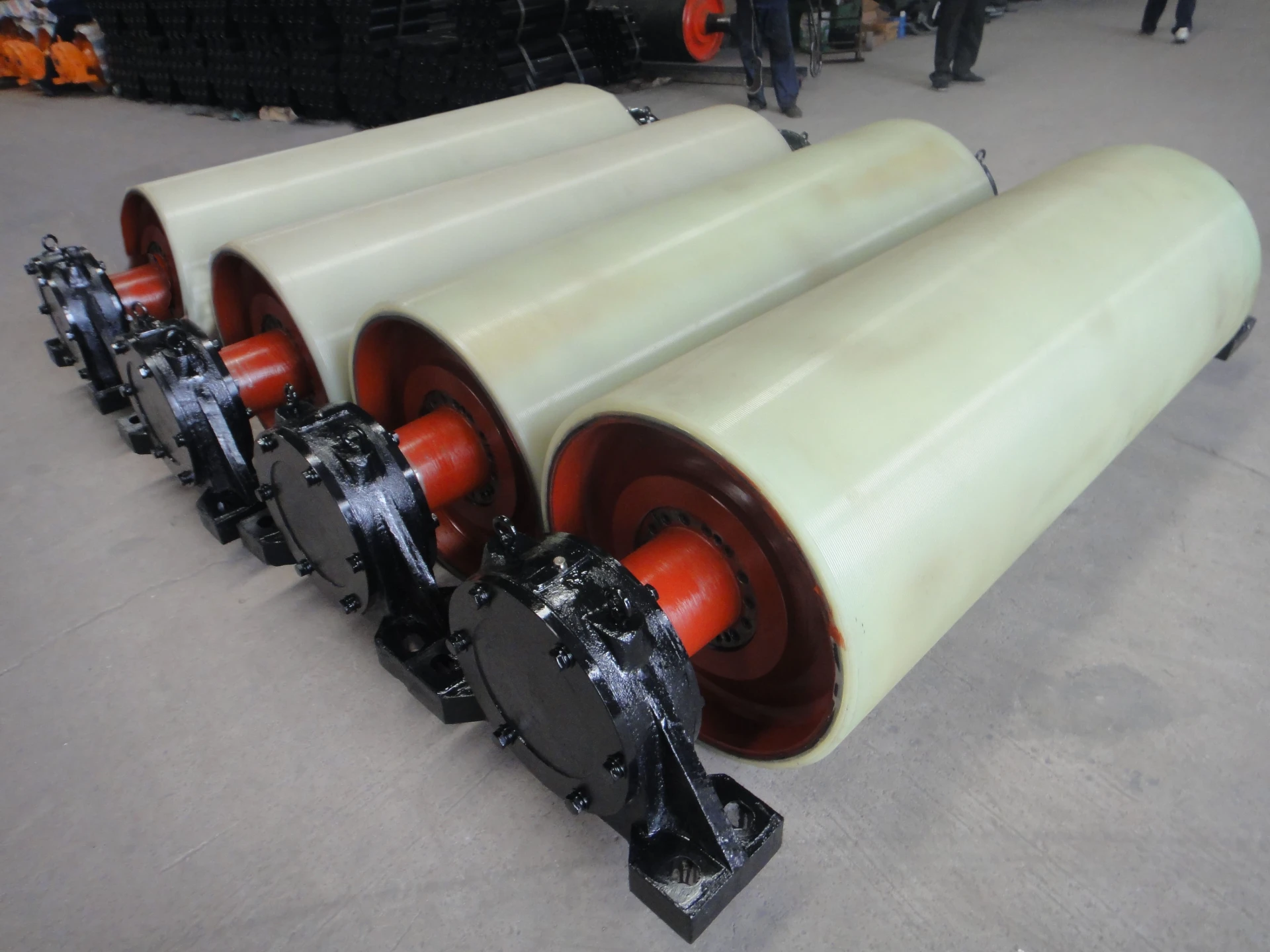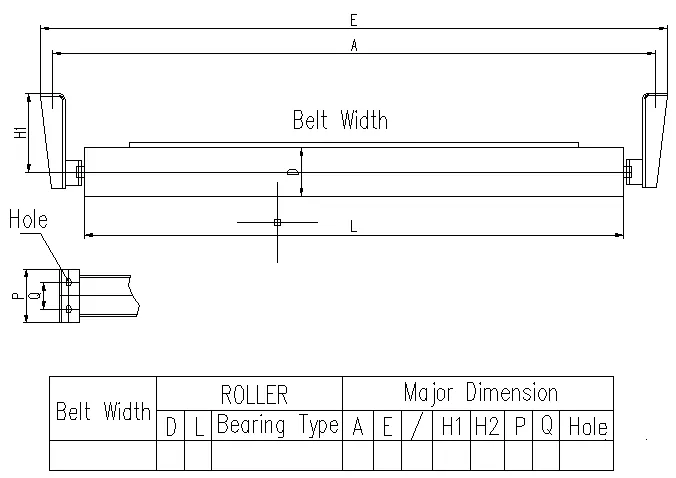 Afrikaans
Afrikaans  Albanian
Albanian  Amharic
Amharic  Arabic
Arabic  Armenian
Armenian  Azerbaijani
Azerbaijani  Basque
Basque  Belarusian
Belarusian  Bengali
Bengali  Bosnian
Bosnian  Bulgarian
Bulgarian  Catalan
Catalan  Cebuano
Cebuano  Corsican
Corsican  Croatian
Croatian  Czech
Czech  Danish
Danish  Dutch
Dutch  English
English  Esperanto
Esperanto  Estonian
Estonian  Finnish
Finnish  French
French  Frisian
Frisian  Galician
Galician  Georgian
Georgian  German
German  Greek
Greek  Gujarati
Gujarati  Haitian Creole
Haitian Creole  hausa
hausa  hawaiian
hawaiian  Hebrew
Hebrew  Hindi
Hindi  Miao
Miao  Hungarian
Hungarian  Icelandic
Icelandic  igbo
igbo  Indonesian
Indonesian  irish
irish  Italian
Italian  Japanese
Japanese  Javanese
Javanese  Kannada
Kannada  kazakh
kazakh  Khmer
Khmer  Rwandese
Rwandese  Korean
Korean  Kurdish
Kurdish  Kyrgyz
Kyrgyz  Lao
Lao  Latin
Latin  Latvian
Latvian  Lithuanian
Lithuanian  Luxembourgish
Luxembourgish  Macedonian
Macedonian  Malgashi
Malgashi  Malay
Malay  Malayalam
Malayalam  Maltese
Maltese  Maori
Maori  Marathi
Marathi  Mongolian
Mongolian  Myanmar
Myanmar  Nepali
Nepali  Norwegian
Norwegian  Norwegian
Norwegian  Occitan
Occitan  Pashto
Pashto  Persian
Persian  Polish
Polish  Portuguese
Portuguese  Punjabi
Punjabi  Romanian
Romanian  Russian
Russian  Samoan
Samoan  Scottish Gaelic
Scottish Gaelic  Serbian
Serbian  Sesotho
Sesotho  Shona
Shona  Sindhi
Sindhi  Sinhala
Sinhala  Slovak
Slovak  Slovenian
Slovenian  Somali
Somali  Spanish
Spanish  Sundanese
Sundanese  Swahili
Swahili  Swedish
Swedish  Tagalog
Tagalog  Tajik
Tajik  Tamil
Tamil  Tatar
Tatar  Telugu
Telugu  Thai
Thai  Turkish
Turkish  Turkmen
Turkmen  Ukrainian
Ukrainian  Urdu
Urdu  Uighur
Uighur  Uzbek
Uzbek  Vietnamese
Vietnamese  Welsh
Welsh  Bantu
Bantu  Yiddish
Yiddish  Yoruba
Yoruba  Zulu
Zulu Feb . 02, 2025 05:03
Back to list
Troughing Roller
Selecting the right type of belt conveyor roller is crucial for optimizing efficiency and longevity in industrial material handling systems. The success of these systems depends highly on the functionality and reliability of the rollers, which act as the backbone, maintaining smooth and consistent motion. Understanding the various types of rollers and their specific applications can significantly enhance operational effectiveness while reducing maintenance costs.
In corrosive or chemically aggressive environments, selecting rollers made from specific materials, such as stainless steel or high-density polyethylene (HDPE), is imperative. These materials offer superior resistance to chemical exposure and corrosion, ensuring that the rollers maintain their structural integrity and performance over extended periods. HDPE rollers, in particular, are favored for their lightweight nature and ability to reduce energy consumption while offering excellent wear resistance. Furthermore, to meet the demands of cutting-edge operational environments, incorporating rollers with advanced technological features, like embedded sensors, can provide real-time data monitoring. These smart rollers enable predictive maintenance, identifying potential issues before they escalate into costly failures. By integrating IoT solutions, operators gain insights into operational efficiency, allowing for proactive management and optimization of the conveyor system's performance. When optimizing belt conveyor systems, it is imperative to collaborate with industry professionals possessing in-depth expertise in conveyor technology. Trustworthy suppliers provide guidance on selecting the appropriate roller type based on specific operational needs, focusing on performance, durability, and overall cost-effectiveness. A well-informed decision-making process results in seamless material handling operations, promoting sustainability and reliability. As advancements in material technology and digital integration continue to evolve, the future of belt conveyor rollers will witness further innovations. From energy-efficient designs to smart rollers that communicate with central systems, the role of these components will continue to expand, enhancing the efficiency and responsiveness of modern conveyor systems. Therefore, staying informed and adaptable to these developments is crucial for maintaining a competitive edge in industrial material handling applications. In conclusion, selecting the right belt conveyor roller involves a comprehensive understanding of various types and their applications. Emphasizing the importance of experience, expertise, authoritativeness, and trustworthiness in decision-making processes ensures that conveyor systems deliver optimal performance and reliability. Properly chosen and maintained rollers are key to achieving efficient, cost-effective, and sustainable material handling solutions.


In corrosive or chemically aggressive environments, selecting rollers made from specific materials, such as stainless steel or high-density polyethylene (HDPE), is imperative. These materials offer superior resistance to chemical exposure and corrosion, ensuring that the rollers maintain their structural integrity and performance over extended periods. HDPE rollers, in particular, are favored for their lightweight nature and ability to reduce energy consumption while offering excellent wear resistance. Furthermore, to meet the demands of cutting-edge operational environments, incorporating rollers with advanced technological features, like embedded sensors, can provide real-time data monitoring. These smart rollers enable predictive maintenance, identifying potential issues before they escalate into costly failures. By integrating IoT solutions, operators gain insights into operational efficiency, allowing for proactive management and optimization of the conveyor system's performance. When optimizing belt conveyor systems, it is imperative to collaborate with industry professionals possessing in-depth expertise in conveyor technology. Trustworthy suppliers provide guidance on selecting the appropriate roller type based on specific operational needs, focusing on performance, durability, and overall cost-effectiveness. A well-informed decision-making process results in seamless material handling operations, promoting sustainability and reliability. As advancements in material technology and digital integration continue to evolve, the future of belt conveyor rollers will witness further innovations. From energy-efficient designs to smart rollers that communicate with central systems, the role of these components will continue to expand, enhancing the efficiency and responsiveness of modern conveyor systems. Therefore, staying informed and adaptable to these developments is crucial for maintaining a competitive edge in industrial material handling applications. In conclusion, selecting the right belt conveyor roller involves a comprehensive understanding of various types and their applications. Emphasizing the importance of experience, expertise, authoritativeness, and trustworthiness in decision-making processes ensures that conveyor systems deliver optimal performance and reliability. Properly chosen and maintained rollers are key to achieving efficient, cost-effective, and sustainable material handling solutions.
Next:
Latest news
-
Revolutionizing Conveyor Reliability with Advanced Rubber Lagging PulleysNewsJul.22,2025
-
Powering Precision and Durability with Expert Manufacturers of Conveyor ComponentsNewsJul.22,2025
-
Optimizing Conveyor Systems with Advanced Conveyor AccessoriesNewsJul.22,2025
-
Maximize Conveyor Efficiency with Quality Conveyor Idler PulleysNewsJul.22,2025
-
Future-Proof Your Conveyor System with High-Performance Polyurethane RollerNewsJul.22,2025
-
Driving Efficiency Forward with Quality Idlers and RollersNewsJul.22,2025
OUR PRODUCTS





























